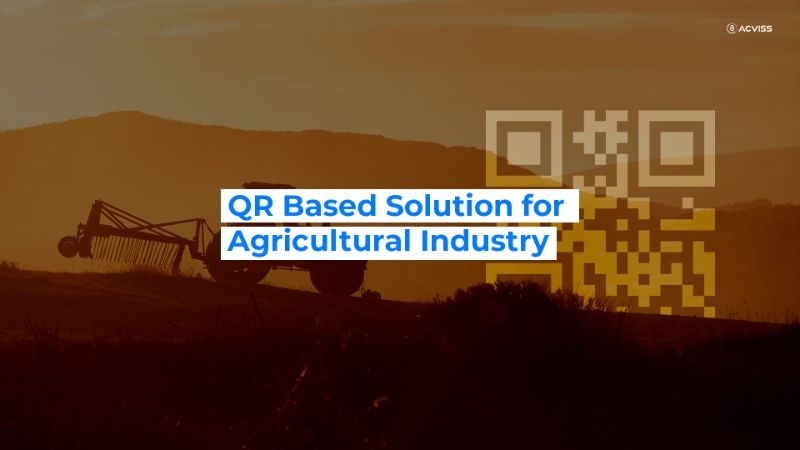QR Codes
What is QR Codes?
QR codes, short for Quick Response codes, are two-dimensional barcodes that store information in a pattern of black squares arranged on a white background. Originally developed in Japan in 1994 by Denso Wave, they have gained widespread popularity due to their ability to store large amounts of data compared to traditional barcodes. The codes can contain various types of information, including URLs, text, contact information and even multimedia files. Innovations in QR Codes have advanced the anti-counterfeiting movement leaving zero chance of cloneability.
Applications.
The codes are scanned using a smartphone or a QR code reader, which interprets the pattern and retrieves the stored data. They have found applications in various industries, including marketing, transportation, healthcare and ticketing. These labels are particularly used for anti-counterfeiting in major industries.
The uniqueness and non-cloneability factor offered by the labels gives an advantage in preventing counterfeiting. They offer convenience and efficiency by providing quick access to information with a simple scan, making them a versatile tool for businesses and consumers alike.
Related Articles
FAQs
Are QR codes accessible through mobile application?
Yes, QR codes can be scanned using camera applications on most smartphones. Many phones even have built-in readers you can access through your camera app. Some advanced codes will require specific, custom-branded applications to read them.
Can QR codes be counterfeited?
Yes, normally QR codes can be counterfeited. Although it may not be simple but the possibilities are high. That’s why advanced non-cloneable 2d codes are being widely implemented across industries to fight counterfeiting and tampering.
Does QR codes help to track products
Yes, QR codes can be used to track products. They can be linked to unique identifiers that can be used to track a product’s movement through the supply chain, from manufacturing to retail. This can help businesses improve efficiency and prevent counterfeiting.
